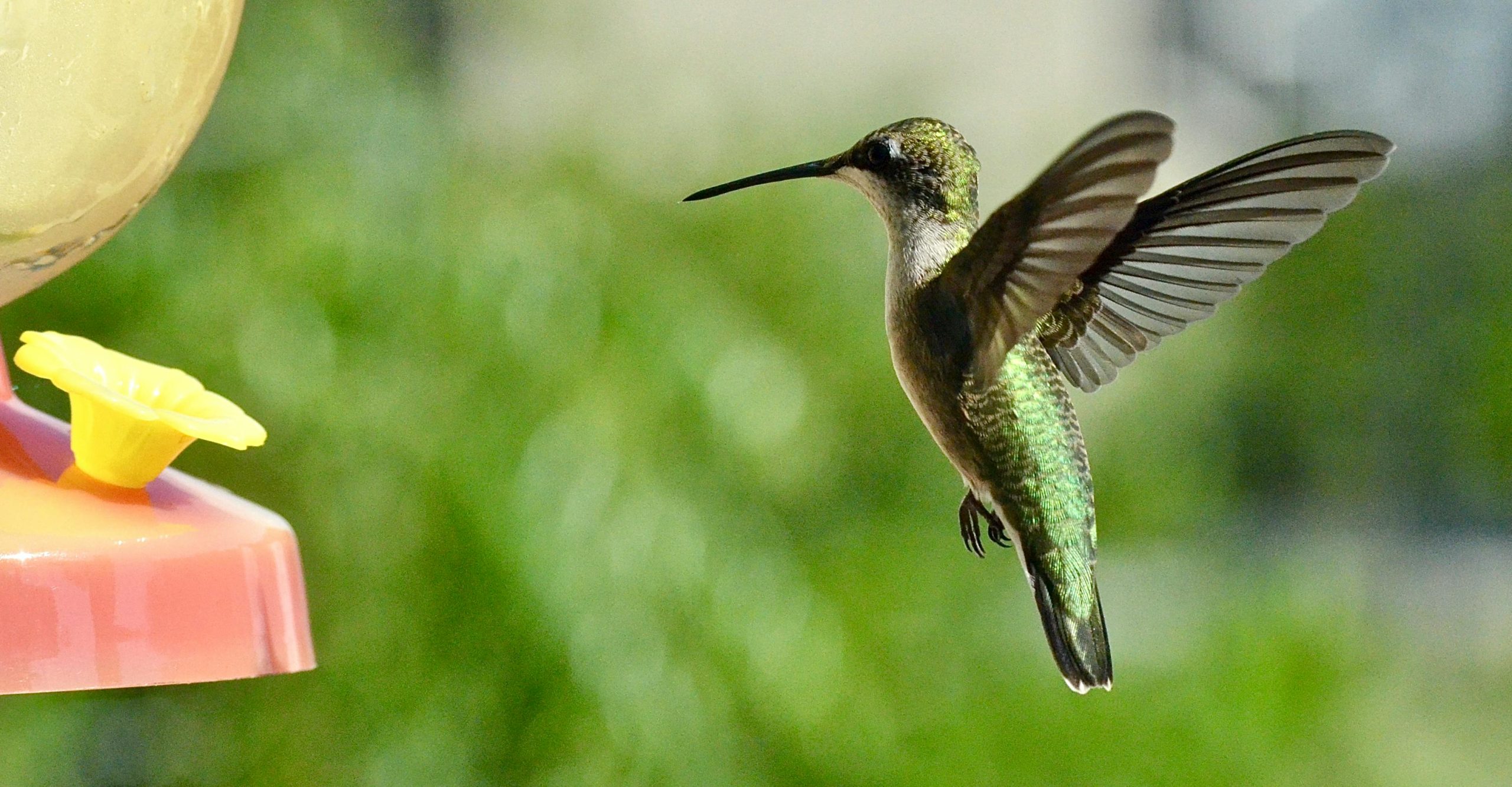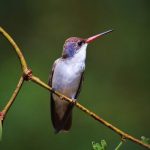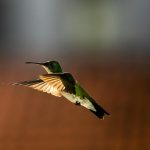Hummingbirds are known for their remarkable flying abilities, including their ability to hover in mid-air and fly in all directions. But what happens when they encounter spaces that are too narrow for their wings to pass through? In this article, we will explore the fascinating adaptations and techniques that allow hummingbirds to navigate through tight spaces that seem impossible for their wing span. Read on to discover the secrets behind their agile flight!
1. Wing Flexibility
Hummingbirds have evolved several adaptations that enable them to maneuver through narrow spaces. One such adaptation is the remarkable flexibility of their wings.
- Rotational Movement: Hummingbirds can rotate their wings in a circular motion, allowing them to adjust the angle of their wings and change their shape as needed. This flexibility helps them squeeze through tight gaps by altering the orientation of their wings.
- Wing Folding: They can partially fold their wings during flight, reducing the overall wing surface area and making it easier to pass through narrow spaces. By folding their wings, hummingbirds effectively decrease their width, enabling them to navigate confined areas with precision.
- Wing Elongation: Hummingbirds can elongate their wings forward or backward, altering their shape to fit through narrow gaps without causing damage. This ability to elongate or retract their wings allows them to adapt to different spaces and fly through narrow openings without getting stuck.
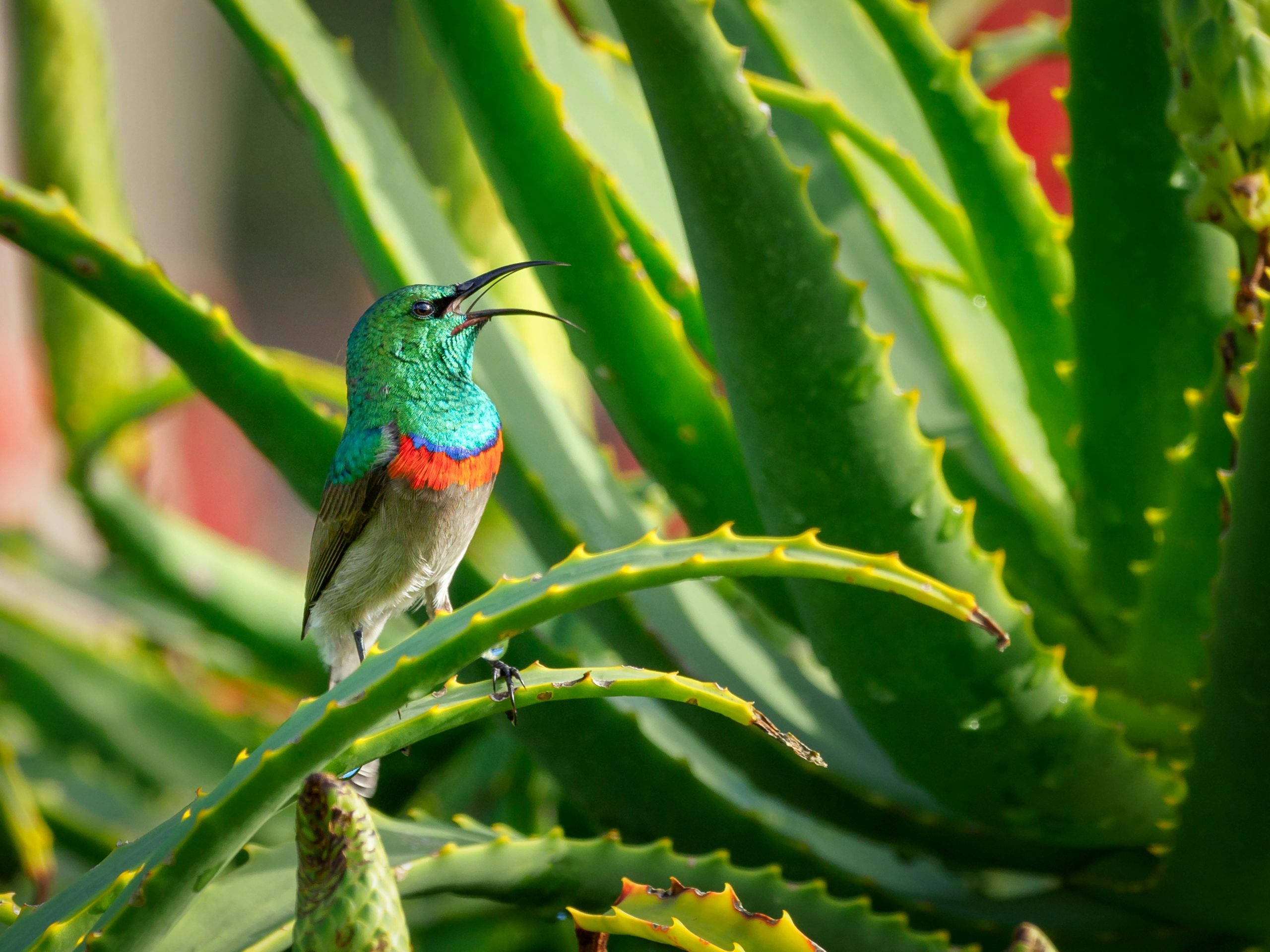
2. Precision Flight Control
Hummingbirds possess exceptional control over their flight movements, which helps them navigate through spaces that are too narrow for their wings.
- Wingbeat Frequency: Hummingbirds have an incredibly rapid wingbeat, with some species beating their wings up to 80 times per second. This high frequency allows them to generate lift and maintain stability even in tight spaces. By rapidly flapping their wings, they can create enough thrust and maneuverability to navigate through narrow passages.
- Wingtip Control: They can independently control the movement of their wingtips, enabling them to make fine adjustments and navigate through narrow gaps. By adjusting the position and angle of their wingtips, hummingbirds can alter the airflow around their wings, allowing them to maneuver through tight spaces with precision.
- Body Positioning: Hummingbirds can tilt their bodies and adjust their posture to align with the available space. By positioning their bodies in a way that allows their wings to pass through without obstruction, they can successfully navigate through narrow passages without getting entangled.
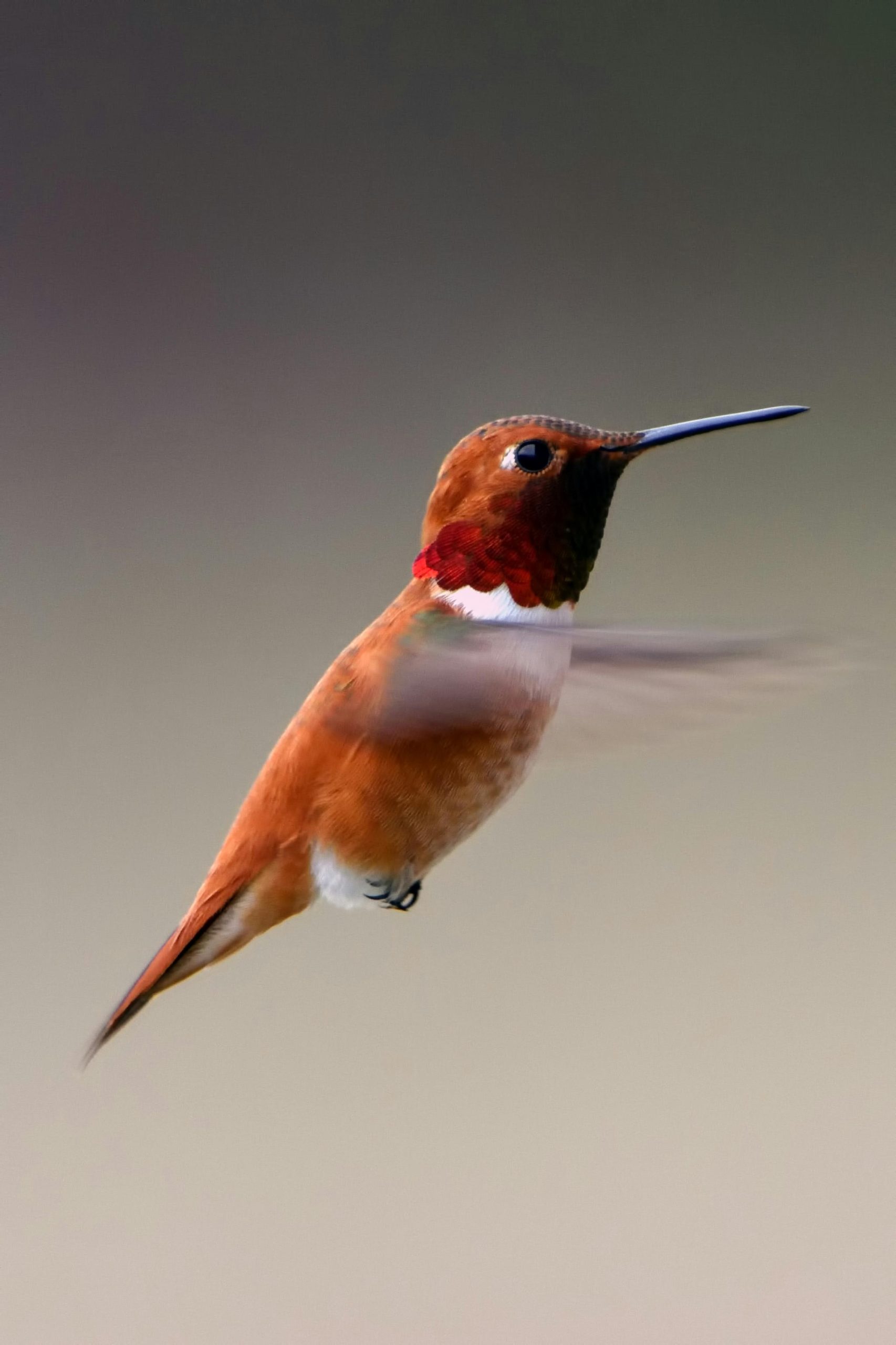
3. Body Contortion
Hummingbirds have the ability to contort their bodies in unique ways, enabling them to fit through spaces that seem impossibly small.
- Flexible Joints: Their shoulder and elbow joints are highly flexible, allowing them to rotate their wings and fold them close to their bodies when necessary. This flexibility enables hummingbirds to adjust their wing position and shape to fit through narrow openings, even when their wingspan exceeds the available space.
- Slim Body Profile: Hummingbirds have a slender body shape, which reduces their overall width and allows them to slip through narrow openings with ease. Their streamlined bodies minimize resistance and enable them to navigate through tight spaces without getting stuck.
- Feather Flattening: They can flatten their feathers against their bodies, further reducing their width and enabling them to pass through tight spaces. By compressing their feathers, hummingbirds can decrease their overall volume, making it easier for them to maneuver through confined areas.
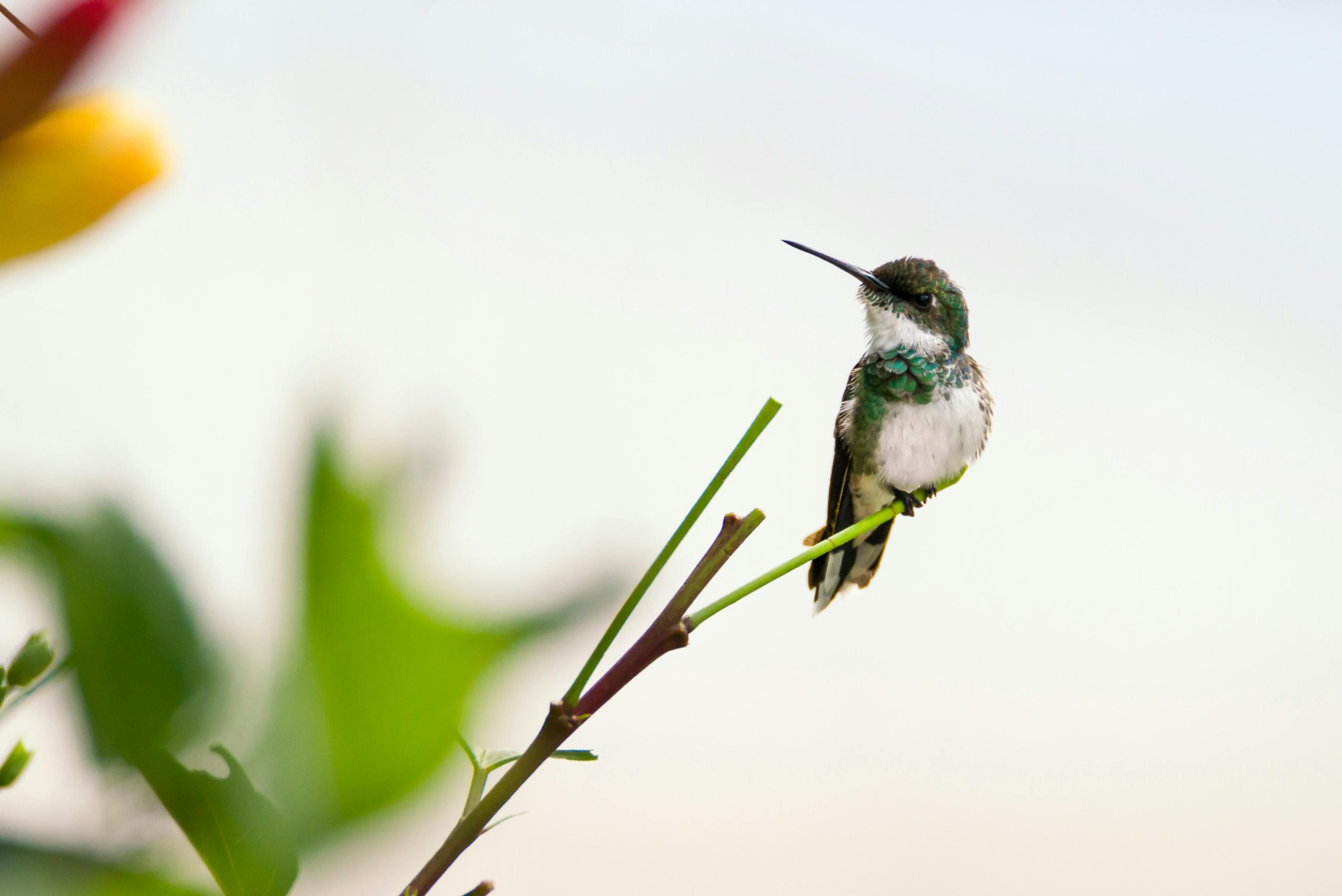
4. Feeder and Flower Adaptations
Hummingbirds have co-evolved with their food sources, such as nectar-bearing flowers and feeders, which often have small openings. These adaptations assist in their flight through narrow spaces.
- Long Beak: Hummingbirds have long, slender beaks that can reach deep into floral tubes or narrow feeder openings to access nectar. Their elongated beaks allow them to probe into tight spaces and extract food efficiently.
- Precision Bill Control: They have precise control over their bill movements, allowing them to insert their beaksthrough small openings without touching the sides. This precise bill control enables them to access nectar from narrow flowers or feeders without damaging their delicate beaks.
- Flexible Tongue: Hummingbirds possess a highly extensible tongue that can reach deep into flowers or feeders, bypassing narrow openings. Their tongues can extend beyond their beaks, allowing them to access nectar from deep within a flower or feeder, even if the opening is small.
5. Memory and Spatial Awareness
Hummingbirds have excellent spatial awareness and memory, which play a crucial role in helping them navigate through confined spaces.
- Memory of Previous Routes: Hummingbirds can remember the paths they have successfully flown through in the past, allowing them to repeat those routes when encountering similar spaces. This memory of previously navigated paths helps them anticipate and plan their flight through narrow openings.
- Visual Cues: They rely on visual cues to assess the size and shape of openings. Hummingbirds have acute vision and can accurately judge whether they can safely pass through a tight space. They use their visual acuity to calculate clearance and adjust their flight path accordingly.
- Adaptive Decision-Making: Hummingbirds can quickly assess the feasibility of navigating through tight spaces and make split-second decisions to adjust their flight path or retreat if necessary. Their adaptive decision-making skills allow them to react swiftly to changing environments and avoid getting trapped in narrow passages.
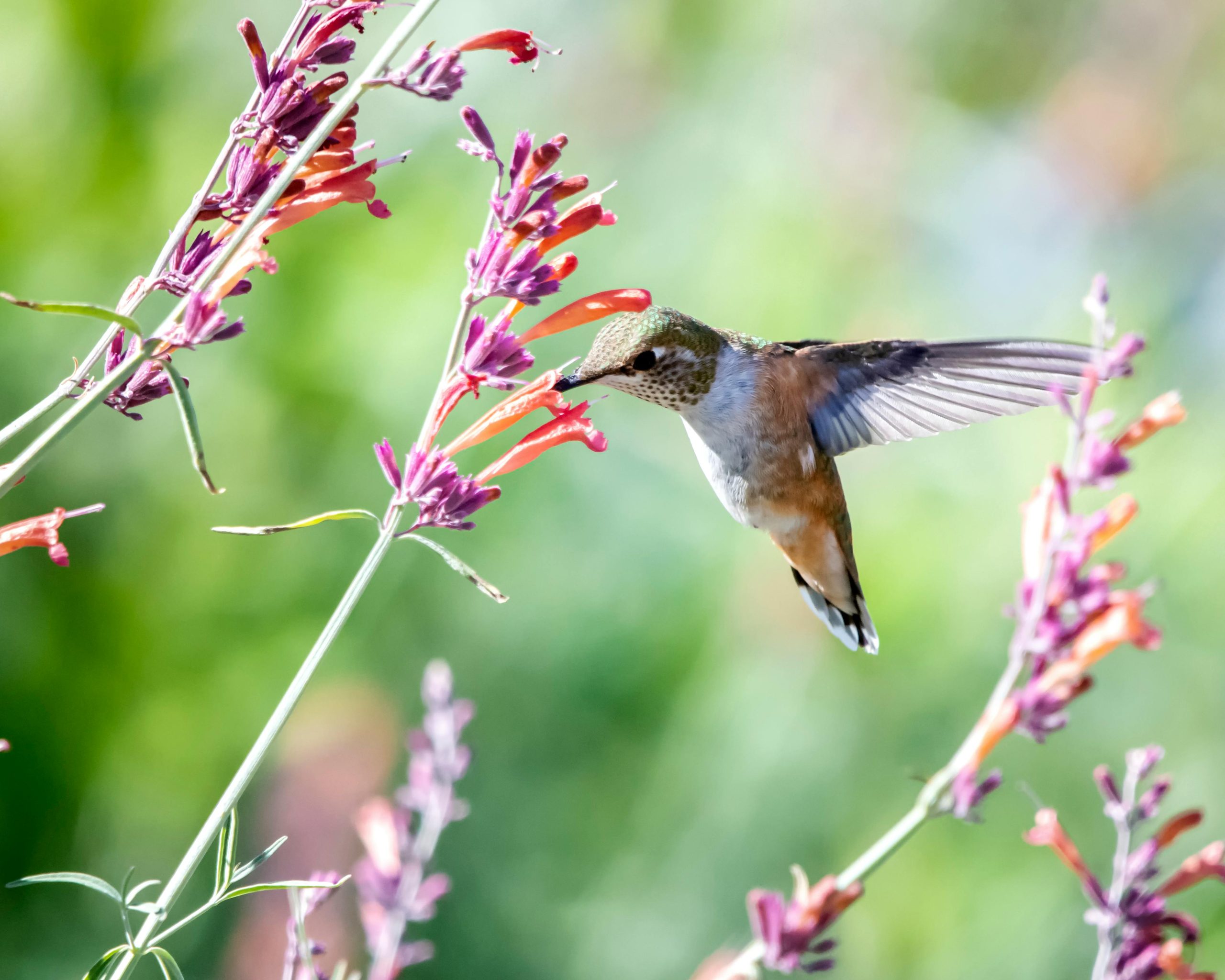
Conclusion
Hummingbirds are true masters of flight, and their ability to maneuver through spaces too narrow for their wings is a testament to their remarkable adaptations. Through wing flexibility, precision flight control, body contortion, specialized beak and tongue adaptations, as well as their spatial awareness and memory, these tiny birds can navigate through tight spaces with ease. The next time you observe a hummingbird effortlessly flying through a small opening, take a moment to appreciate the incredible adaptations that allow them to achieve such agile flight!

